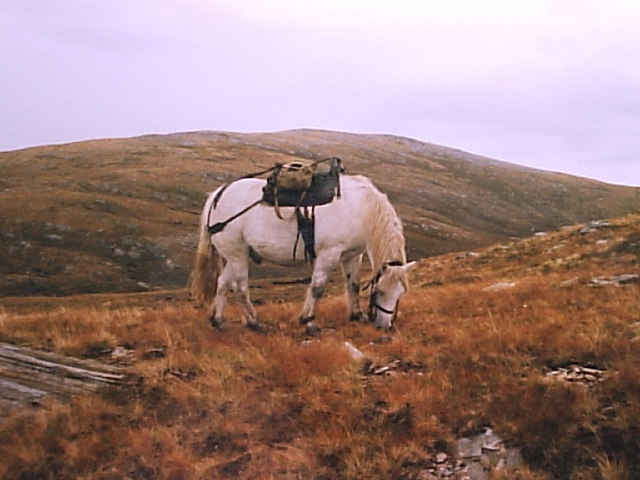Across the rolling hills and rugged landscapes, roaming wild horses have stood as an emblem of untamed freedom. These courtly creatures, descendants of ancient equine breeds from across Europe, have held a steady presence across the British Isles. From the windswept moors of boggy Dartmoor to the remote windswept reaches of the Scottish Highlands, wild horses shape landscapes and have left indelible marks on Britain’s culture.
Through grazing (feeding on low-growing plants such as grasses) and browsing (high-growing plants such as trees and bushes), wild horses help manage vegetation, preventing the dominance of certain species. Their selective feeding habits create a rich collage of habitats, from open grasslands to scrubby woodlands, which support a diverse array of other wildlife.
In habitats where large herbivores have been absent, the reintroduction of wild horses can trigger a cascade of positive ecological effects known as trophic rewilding. By mimicking the natural grazing patterns of their ancestors, these horses can rejuvenate degraded landscapes, restore soil health, enhance water retention, and foster the regeneration of native vegetation.
Moreover, wild horses serve as keystone species, exerting an outsized influence on their environment relative to their populations. Their presence shapes the behavior of other species contributing to overall habitat resilience and stability.
The story of wild horses in Britain goes back thousands of years. Archaeological evidence suggests that breeds, such as the now-extinct tarpan and the still-surviving Exmoor and Welsh ponies, once roamed freely across the British landscape. These resilient creatures were not only companions to our ancestors but also vital assets in agriculture, transportation, and warfare.
Prominent figures in Anglo-Saxon mythology, Hengist and Horsa, embody the quintessential connection between humans and horses. According to legend, they were two brothers, chieftains, and legendary warriors who led the Anglo-Saxon migration to Britain in the 5th century. Their names, Hengist meaning “stallion” and Horsa meaning “horse,” evoke the respect and significance these beasts held.
From the Celtic horse goddess Epona to the legendary Kelpie of Scottish folklore, these icons symbolise strength, freedom, and the enduring bond between humans and horses. Moreover, wild horses continue to play a vital role in contemporary society, serving as ambassadors for conservation and wildlife preservation.
In addition to their cultural significance, wild horses also provide opportunities for ecotourism and outdoor recreation, attracting visitors from around the world to witness their beauty and observe their behavior in the wild. Whether trekking through the mists of Devon or exploring the rugged terrain of the Scottish Highlands, encountering wild horses in their natural habitat is a transformative experience that fosters a deeper connection to the natural world.

Dartmoor Pony, 2011.

Pony in the mountains of Snowdonia. 2008.

Highland Pony, Looking towards Meall na Leitreach. 1998
